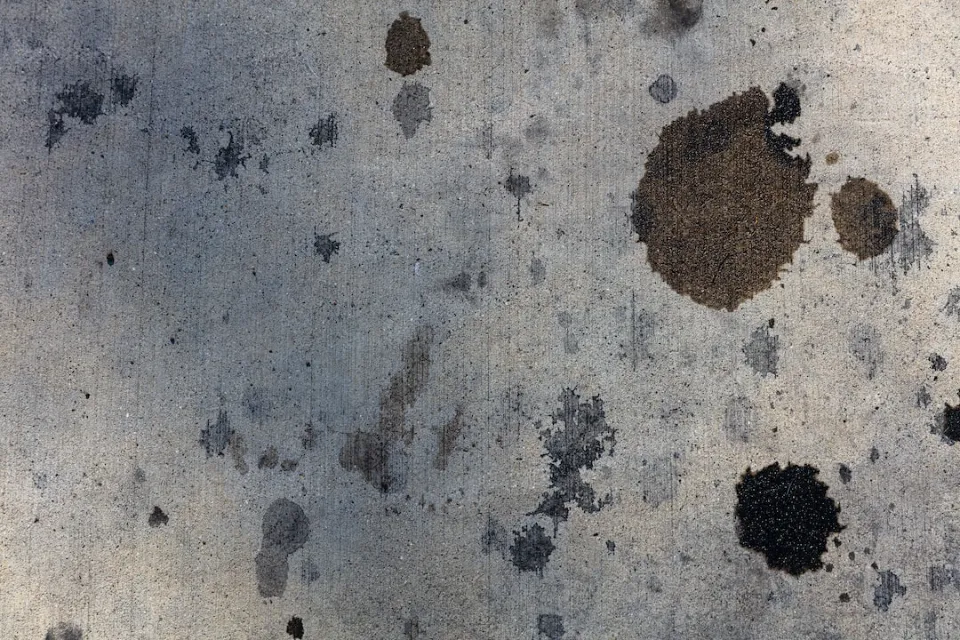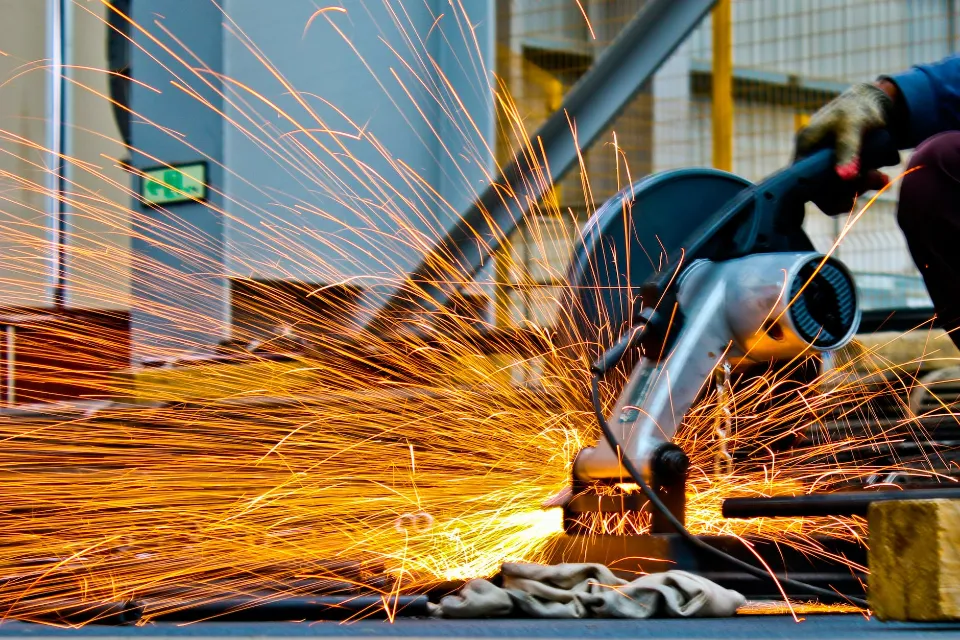
What is evaporative cooling? In order to cool hot air, evaporative cooling uses evaporated water. It is what happens when you exit a swimming pool on a hot day. Your body will feel cold from the wind until it dries. Besides, continue reading, and you will learn how evaporative cooling work, why it is important, and compare it with air-conditioning.
Table of Contents
How Does Evaporative Cooling Work?
The process of evaporative cooling, also referred to as adiabatic cooling, relies on the evaporation of water to cool the air to a comfortable temperature.
Water is used as the refrigerant in this cooling and ventilation method.
Water evaporates in a stream of air and transforms from a liquid to a gas during the evaporative cooling process. Energy is required for this transition, and it is taken out of the air as heat. This procedure causes the air to cool down.
This evaporative cooling process can be applied in several ways:
- Direct adiabatic cooling
- Indirect/direct adiabatic cooling
- Indirect adiabatic cooling
Why is Evaporative Cooling Important?
Production facilities, distribution centers, and office buildings can all benefit from the energy-saving and highly sustainable evaporative cooling provided by an indirect/direct cooling system. While providing roughly the same temperatures as conventional mechanical cooling systems, the evaporative cooling process in an indirect/direct cooling system uses only 10% of the energy required for mechanical cooling. Additionally, evaporative cooling—unlike mechanical cooling—ventilates 100% fresh, filtered, clean, and cooled air into a room or structure rather than recirculating the warm, polluted indoor air. Thus, there is a noticeable improvement in indoor air quality.
How Many Windows and Doors Open for Evaporative Cooling to Work Effectively?
A window or door outside must be left open, or there must be some other form of ventilation, for an evaporative air conditioner to function properly. This will enable hot air to escape from the building. The best strategy is to open the exterior doors or windows that are located the farthest from the air conditioning ducts or vents. Try to have an open window (or door) or another exhaust area in the rooms with air conditioning vents that is roughly twice the size of the vent opening. It should be noted that evaporation rates are lower when it is humid and the air is very moist. This implies that the cooling effect is diminished. In some situations, it may help to switch the air conditioner to “ventilation” mode and run the fan at a high speed. If you’ve tried everything listed above and your air conditioner still doesn’t seem to be functioning properly, it might need to be serviced. Contact your installer or one of our service representatives.
What Are the Difference Between Air Conditioners and Evaporative Cooling?
Many people think that as long as the end result is a cooler environment, it doesn’t really matter how you get there—cooling technology is just cooling technology. The truth is that there are a number of important variables that determine the best way to cool your immediate surroundings. However, using evaporative coolers as opposed to other methods has some special advantages. air conditioners and evaporative cooling, depending on your needs and circumstances.
Key Takeaways on Evaporative Cooling
In dry, hot climates and weather, evaporative coolers, also referred to as swamp coolers, are excellent for cooling large areas. Here are some of the key takeaways and top things you need to know about evaporative cooling, including some of the unique benefits and costs associated with it:
- They are affordable to use and run.
- Coolers that use evaporation use very little energy.
- In hot, dry climates, they perform fantastically.
- They generate clean, fresh air that is distributed throughout your house or neighborhood.
- Installation costs are low.
- Little maintenance is needed for them.
- They produce very little carbon monoxide emissions and are eco-friendly.
- Air is coolly humidified by evaporative coolers.
- Doors and windows can be left open thanks to them.
- The noise generated by evaporative cooling systems is minimal.
Installing and utilizing an evaporative cooler (or swamp cooler) in your immediate vicinity has a variety of special advantages overall.
Key Takeaways on Traditional Air Conditioners
When we think of cooling in homes, offices, and other climate-controlled spaces, we generally picture air conditioners and AC units. Here are some of the main conclusions, special advantages, and expenses of using a conventional air conditioner as opposed to. other methods of cooling.
- Compared to other cooling systems, they are more expensive to operate.
- Additionally, compared to other cooling methods like evaporative coolers, air conditioners use more energy.
- Regardless of the weather, whether it is humid or dry, air conditioners work well.
- Recirculated air is used to cool the air in the surrounding indoor environment.
- Compared to other cooling methods, they have significantly higher upfront installation costs.
- Regular upkeep and cleaning are needed for air conditioners.
- Compared to other cooling systems, AC units emit much more pollution.
- In order to benefit from dry cooling, they take moisture out of the air.
- In confined areas like homes, rooms, and offices, they are very effective.
- When they run, they can make a lot of noise.

Air Quality of Evaporative Cooling Vs. Air Conditioners
The best way to use evaporative cooling is to use them to circulate outside air throughout your house, office, or other space. This keeps the air in the area fresh and prevents it from growing stale. The cooling system of a traditional air conditioning unit circulates the cooler interior air back into the house after processing the air from inside a house or other space. Although effective, this procedure may cause the air inside to feel stagnant.
You must close your windows and doors for air conditioning units to operate as efficiently as possible. Evaporative coolers, on the other hand, can be used with windows and doors open.
Operational Costs of Evaporative Cooling Vs. Air Conditioners
For those looking for a cooling solution that is a little more cost-effective, evaporative cooling units or swamp coolers make a great choice because they are typically very energy-efficient. Evaporative coolers are popular among many people because they are easy to install, inexpensive to maintain, and effective at keeping a space cool.
With that, you can obtain mobile evaporative cooling that you can move or roll to the various locations where you require them. Your evaporative cooler should continue to function flawlessly for years to come as long as you provide it with some basic seasonal maintenance. In hot, dry climates, evaporative coolers perform best and most effectively. In regions with high humidity, they don’t seem to work as well or seem less efficient.
Although they require more frequent ongoing maintenance, air conditioners also have relatively low operational costs. They require a little more maintenance than indoor evaporative coolers because many AC units are housed outdoors. In comparison to an evaporative cooler, a central air conditioner has the advantage of effectively cooling a larger space.
Moisture Levels of Evaporative Cooling Vs. Air Conditioners
Moisture is added to the air around you by evaporative cooling. Through the process of evaporation, it works to cool your house, place of business, or immediate area. They are therefore excellent for people with dry skin and eyes. The purpose of conventional air conditioners is to dry out the air and reduce humidity and moisture content.
Environmental Concerns of Each
Evaporative coolers typically produce less pollution than traditional air conditioners, which require a lot more energy and power to operate. The good news is that the AC units are strong enough to cool an entire house or a sizable indoor space. Compared to AC units, evaporative cooling have much lower emissions. If noise pollution is a problem in your area, they also generate a lot less of it than conventional air conditioners.
Other Considerations
How, where, and when you plan to use your cooling system will have a big impact on the kind of cooling system you pick. Swamp coolers and evaporative coolers are excellent for cooling smaller spaces in hot, dry climates, whereas air conditioners provide dryer air and can cool larger spaces much more effectively.
In order to cool hot air, evaporative cooling uses evaporated water. It is what happens when you exit a swimming pool on a hot day. Do you know more about evaporative cooling? You’ve learned how evaporative cooling works, why evaporative cooling is vital, and compare evaporative cooling with air conditioning.



